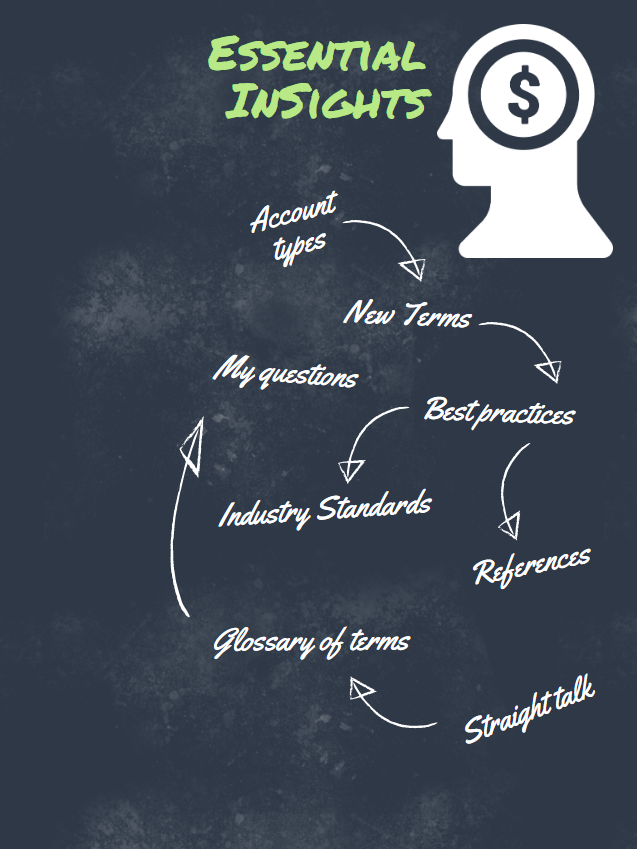Framing effect is the use of language to frame a question in a positive or negative way. Stating the same question with the right spin allows the inquirer to impart some direction on the inquired. A great example of this:
Would you rather:
- Approve the 20% chance of killing 100 patients.
- Approve the 80% chance of saving 400 patients.
These might be two consequences of the same decision, but they frame in a way the bleeds an emotional context into an otherwise utilitarian calculation. For investors, framing is often used to manipulate a person’s relationship to risk.
Would you rather own a 99% chance to have a 10% upside, or a 1% change to lose everything.
People are more likely to spend a smaller amount of money several times, then say a large sum of money once. By framing the total costs as being something smaller, more people are likely to buy it. A great example of this is your subscription services. Very few people will sign on to a Netflix or Hulu subscription for $150/year, but have little to no problem paying $13/mo despite the irrationality. We see this routinely when a stock splits, investors unwilling to buy a single share at $1,000 have no problem buying 10 shares at $100.
Framing can often be used to contaminate an investors relationship with risk. They will routinely buy and sell shares based on how the risk is framed. In fact, many investors will disproportionately reward high risk companies, higher valuations as a result of framing.

